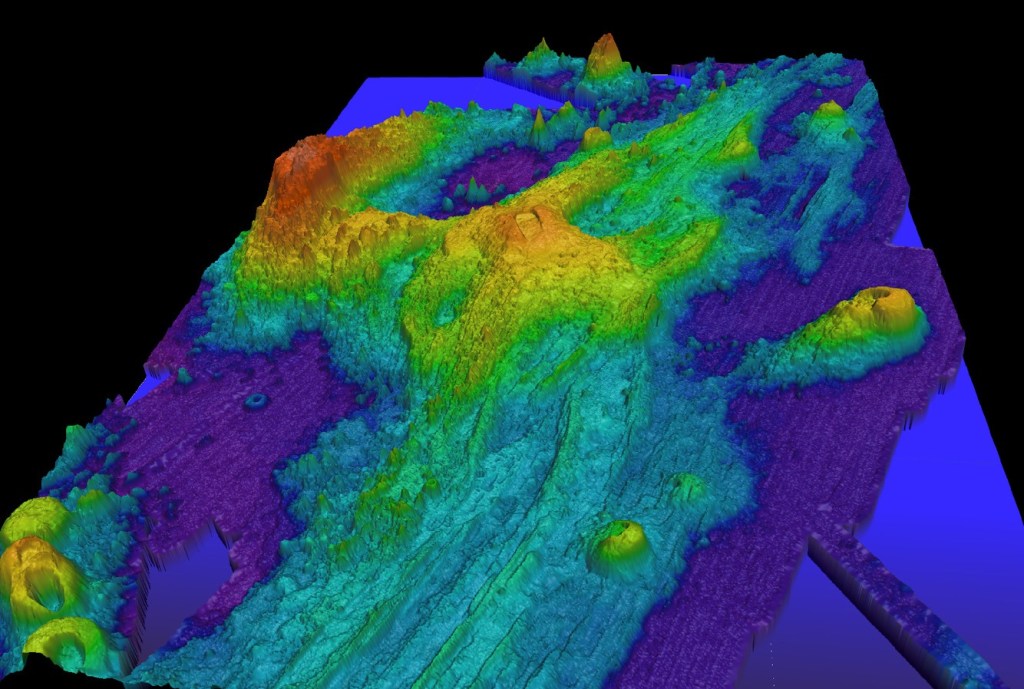Unveiling the Mysteries of Underwater Volcanoes: Giants Beneath the Waves

Underwater volcanoes remain some of the least understood wonders on our planet. These hidden giants shape the ocean floor, create unique marine ecosystems, and even impact our daily lives without us ever noticing. In this article, we'll explore what makes an underwater volcano unique, examine recent discoveries, and discuss why these formations deserve a place in the spotlight of Earth sciences.
What Is an Underwater Volcano?
An underwater volcano is a volcanic formation located below the ocean's surface. Unlike terrestrial volcanoes, these structures erupt under high water pressure and cold temperatures, which change how lava and gases interact with their environment. Most underwater volcanoes are found along tectonic plate boundaries, especially on mid-ocean ridges where new sea floor is created.
The Axial Seamount is one of the most studied examples. Situated about 300 miles off the Oregon coast and 1.5 kilometers beneath the waves, this volcano has become a focal point for oceanographers eager to learn about the Earth's inner workings. Its eruptions are rarely felt on land, but they have a massive impact below the surface. You can learn more about its unique geology and why researchers are fascinated by it in this detailed IFLScience article.
How Are Underwater Volcanoes Discovered and Studied?
Technological advancements have revolutionized how we find and examine underwater volcanoes. Mapping the seafloor was once a challenge, but now scientists use multibeam sonar, Autonomous Underwater Vehicles (AUVs), and high-resolution satellite imagery. These tools allow researchers to capture the shapes and features of submarine landscapes in remarkable detail.
One groundbreaking discovery involved mapping a previously unknown submarine volcano with new technology. The research team located this formation near the Juan de Fuca Ridge, revealing hidden chambers and hydrothermal vents never seen before. To see how these innovations are bringing the ocean floor's secrets to light, visit the full coverage on Journee Mondiale.
Why Do Underwater Volcanoes Matter?
Underwater volcanoes are more than just geological curiosities. Their eruptions contribute new minerals to the ocean and form hydrothermal vent systems that support thriving ecosystems. Microbes, tube worms, and other organisms depend on the chemicals released during eruptions, making these sites oases of life in the deep sea.
Volcanic activity under the water can also influence global processes. Submarine eruptions can create new landforms and alter ocean currents. In some cases, eruptions might even release gases that impact the atmosphere. Scientists closely monitor active sites like the Axial Seamount, which is currently showing signs it may erupt soon. For the latest updates on its activity and what might happen next, check out this report by the New York Post.
The Future of Undersea Exploration
Despite the advances, less than 20% of the ocean floor has been fully mapped. Each discovery of an underwater volcano provides new insights into our planet’s history and natural processes. As technology continues to evolve, we can expect many more hidden worlds beneath the waves to emerge.
Conclusion
Underwater volcanoes may be out of sight, but they are far from out of mind for scientists shaping our understanding of Earth. From hosting unique ecosystems to changing the face of the seafloor, these giants reveal the dynamic nature of our planet. Stay curious—exploration is just beginning. To dive deeper into recent volcanic discoveries and learn more about the Earth's undersea mysteries, explore the latest research and news linked throughout this article.